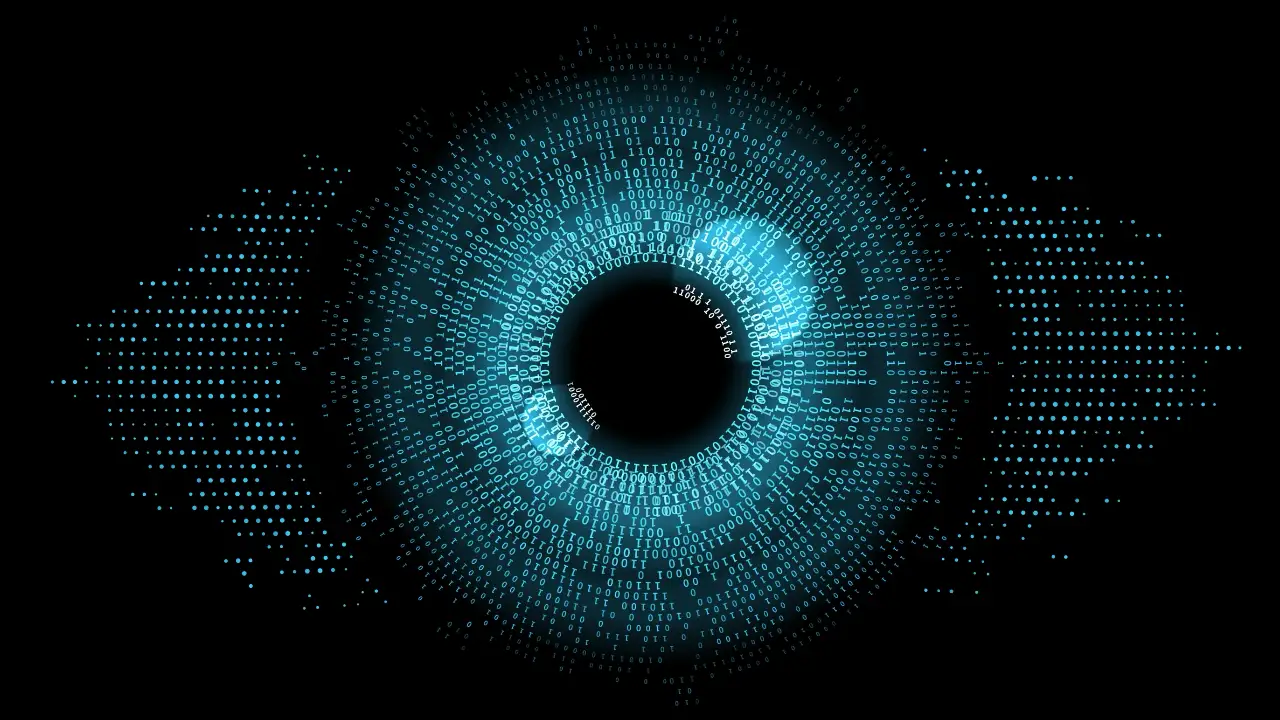
David Shapton explores the philosophical and technological implications of whether a camera can truly "see" in the context of AI advancements in photography and videomaking.
Take any group of people, and they will read this question in completely different ways. One cohort might say, “Of course, a camera can see. It’s an artificial eye!” The other would say something like, “That’s a deeply interesting philosophical question.” We’re going to cover both responses.
Before we continue, it’s fair to ask, “Why are you even asking this? What does it matter? Surely we all know what an eye does, anyway?”
The answer is that it does matter. Like virtually everything else, AI will affect photography and videomaking. AI is not just an app; it’s part of the world we live in today and growing faster than ever. The best way to deal with it is to ask these questions now.
Let’s deal with the “eye” thing first.
The eyes have it
Yes, a camera is absolutely an artificial eye. It can resolve images and record them on film or to digital storage, but that’s a long way from being able to see.
To be able to see something, you have to be something: something that can be aware. Neither a strip of film nor a digital sensor is aware of anything. And to be aware, you have to be capable of experiencing things.
Whatever else a camera is, it - currently - can’t experience things. A camera can identify the colour red - in the digital domain, it’s just a number - but it can’t have the sensation of seeing red. It doesn’t make sense to ask a camera what seeing red is like.
By analogy, our eyes are like cameras. It sounds wrong to suggest that our eyes don’t see, but it takes more than an eye to accomplish that. But what, exactly?
One of the enduring mysteries of the brain is that, while it is often regarded as being the “control room” of a person complete with sensory inputs, when you look inside the brain, there is no single part or component of it that could be said to be “in control”. Instead, you see a collection of specialised parts that all have distinct functions but don’t appear to follow any central “conductor”.
Somehow, all these disparate elements manage to function as a brain, and if you include the body, as a person, without any overall orchestration.
This means we have no answer to questions like “Where is the seat of consciousness?” and “Which part of the brain is actually watching the film or looking at the photograph?”
Neural Correlates of Consciousness

Experimental neuroscience has come a long way in the last few decades, and much of this work has been concerned with looking for what are called Neural Correlates of Consciousness. This rather forbidding-sounding phrase has a simple meaning but a puzzling outcome. It means that by scanning a living brain (one would hope still part of a fully functioning person), it is possible to find specific electrochemical activities corresponding to mental events and states. Seeing a pleasant picture of a flower might elicit an entirely different pattern of activity than solving a maths puzzle. But while these reactions might correlate well and consistently with the mental state of “seeing” a flower, none are the mental state of seeing a flower.
Returning to the original question - “What if a camera could see? - it is clear that for a camera to “see” something, it first has to have the ability to have mental experiences. Even with the current state of the art, that seems unlikely. On the other hand, with the current rate of progress in AI, it doesn’t seem impossible.
If a camera could see, what would it mean?
At the very least, it would have much more control over itself. It would ‘know” if a picture is well composed (in its opinion!), in focus and generally acceptable according to the context.
That context might include the film script, which the camera would have read. It might also consider the discussion that it (the camera) had with the director or cinematographer before the shoot.
It might even have an opinion.
Stand back from this for a minute, and you might wonder whether that camera would function better if it had a body with arms, legs, and other senses like hearing, touch, smell, and proprioception.
All of this leads us to what I think is an almost inevitable conclusion: that, in some sense, cameras will become robots. Because by the time you have given your camera all those powers, all of those sensory capabilities, all of that mental ability, and all of that mobility, you have essentially an artificial person. Cameras that can see will become people. Think about that next time you ask for a built-in ND filter and 17 stops of dynamic range.
tl;dr
- The question of whether a camera can "see" raises philosophical and technological implications due to the rise of AI in photography and videomaking.
- Despite functioning as an artificial eye, a camera does not possess awareness or the ability to experience things, unlike a human eye.
- The brain's lack of a singular control center adds complexity to understanding consciousness and the act of "seeing" in both humans and potential AI.
- Advances in experimental neuroscience have identified neural correlates of consciousness, but the ability for a camera to truly "see" remains elusive, although not implausible with advancements in AI.
Tags: Technology AI


Comments